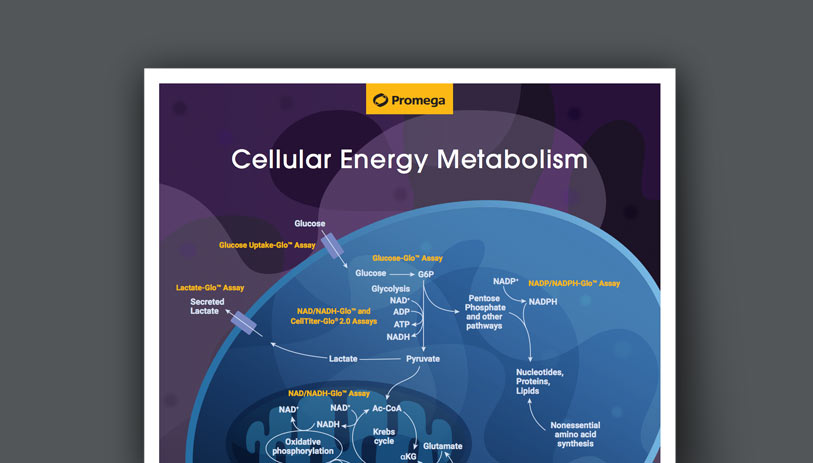Diabetes
We provide diabetes researchers a choice of easy, reliable methods to measure hormone secretion and cellular metabolism.
Products include plate-based assay kits to monitor insulin and glucagon secretion, glucose uptake, gluconeogenesis and lipogenesis, among other metabolic activities. The luminescent detection technology used in Promega assays gives more sensitive readouts than other methods, and the easy protocols save time so you can proceed to your next experiment sooner.
Explore the products and resources below to see how Promega can help with your diabetes research.
Lumit® Immunoassays for Diabetes Research
ELISA Alternative to Detect Insulin and Glucagon
Detecting insulin and glucagon secreted from pancreatic cells or islets is labor intensive due to the many steps required in a typical ELISA or RIA. Homogenous immunoassays reduce the steps required and are scalable to accommodate a high number of data points, such as the hundreds or thousands of samples from a perifusion experiment.
With Lumit® technology, you can get high quality data from your cell-based secretion experiments in just 70 minutes. The protocol is simple, with no wash or transfer steps, and the assay format is scalable to fit your plate size and throughput needs. Using Lumit® assays, you can perform a high-throughput glucose-stimulated insulin secretion (GSIS) experiment in the morning and be analyzing insulin and glucagon secretion data by the afternoon, allowing you to make experimental decisions rapidly and move your diabetes research forward.

Lumit® Immunoassay Principle. Primary antibodies, selected for their specificity and sensitivity, are used to detect the analyte of interest. The antibodies are labeled with the LgBiT and SmBiT subunits of NanoBiT® Luciferase. In the presence of the analyte, the subunits are brought together to reconstitute active luciferase enzyme. Upon addition of the optimized luciferase substrate, a bright luminescent signal is generated.
Featured Lumit® Assay Citation
In this work, El and colleagues use the Lumit® Glucagon Immunoassay to characterize the complex regulatory mechanisms that control glucagon secretion from alpha cells.
El, K. et al. (2021) GIP mediates the incretin effect and glucose tolerance by dual actions on alpha cells and beta cells. Sci. Adv. 7, abf1948.
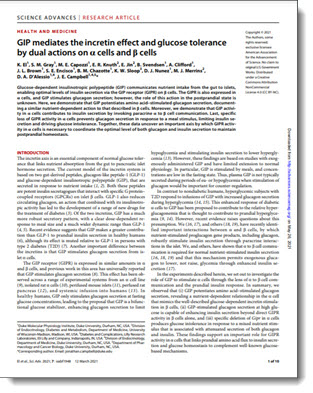
Method Validation and 3D Islet Microtissues for Diabetes Research
In this webinar co-hosted with Insphero, we address some of the challenges in diabetes research that can be overcome using a 3D islet cell culture model and assays optimized for 3D applications.
Easy and Robust Assays for Measuring Insulin Activity in Cells
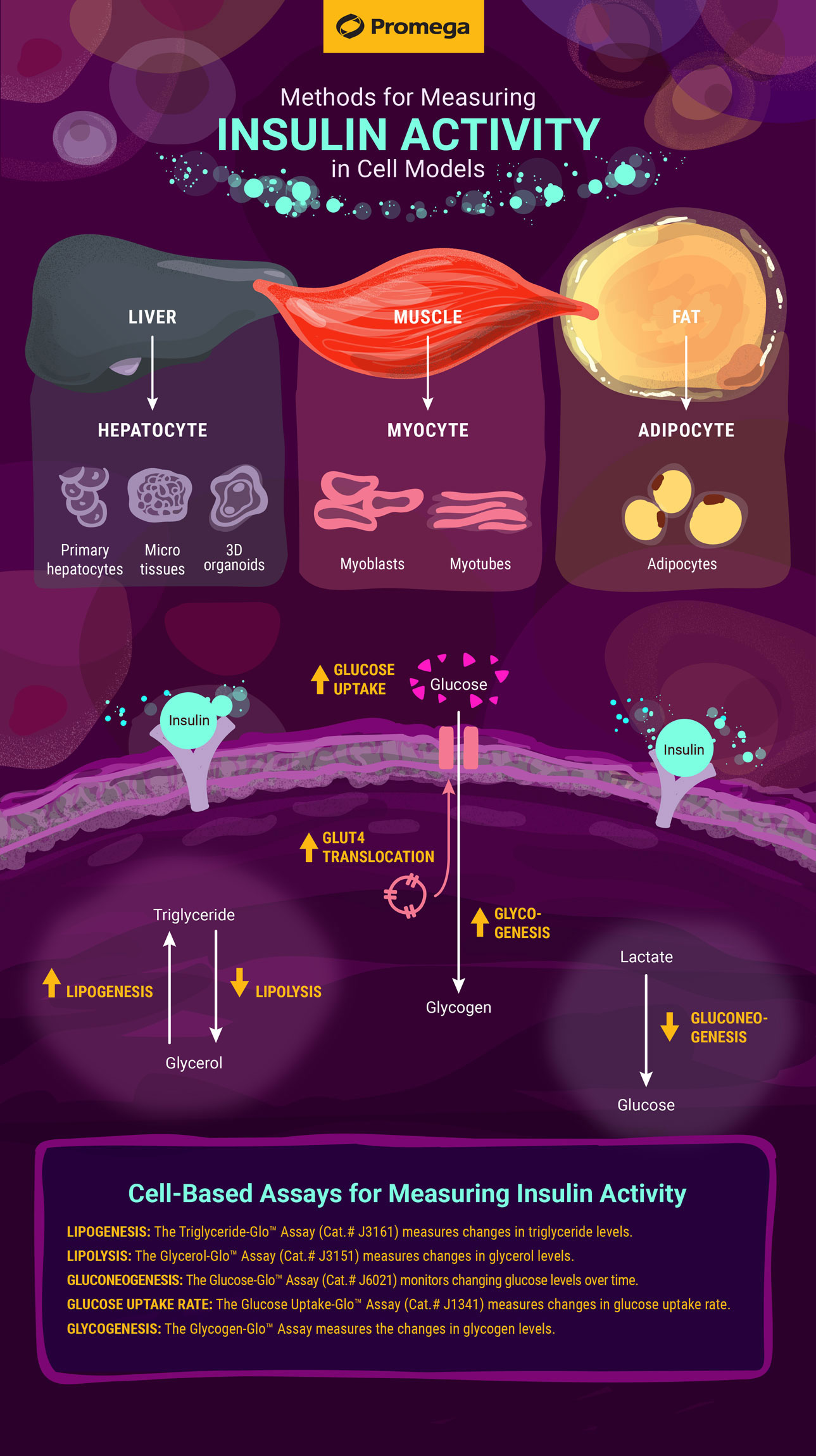
Common Pathways Measured in Response to Insulin Levels
Lipogenesis: The generation of triglycerides and other lipid molecules is upregulated in adipocytes and hepatocytes in response to insulin. In this way, insulin acts as a storage-promoting hormone. Elevated levels of insulin indicate to cells that energy (glucose) is plentiful and should be stored. The increase in triglyceride levels can be measured using the Triglyceride-Glo™ Assay.
Lipolysis: Lipolysis is the breakdown of triglycerides into a molecule of glycerol and three fatty acids. Insulin inhibits lipolysis, so that cells preferentially use the glucose present when insulin levels are high. The result of lipolysis is an increase in glycerol molecules, which can be measured with the Glycerol-Glo™ Assay.
Gluconeogenesis: The generation of new molecules of glucose is inhibited in cells where insulin levels are elevated. Because insulin is elevated in conditions where glucose is elevated, insulin signals cells to not make any more glucose and rather use the glucose present. Levels of glucose can be measured with the Glucose-Glo™ Assay.
Glucose Uptake Rate: Insulin increases the rate at which cells take up glucose through glucose transporters. This allows cells to uptake glucose for storage and use. The Glucose Uptake-Glo™ Assay can be used to measure the increase in rate of glucose uptake.
GLUT4 Translocation: In the presence of insulin, GLUT4 transporters are translocated to the plasma membrane to facilitate the uptake of glucose by cells. GLUT4 is primarily found on adipocyte and muscle cells.
Glycogenesis: Glycogen, a polymer of glucose, is a primary carbohydrate storage form. Insulin upregulates the storage of glucose in the form of glycogen in myocytes (muscle cells) and hepatocytes. The Glycogen-Glo™ Assay* can be used to measure the increase in glycogen.
*Glycogen-Glo™ Assay is currently available through our custom manufacturing service; contact us for more information.
Scientific Poster: Bioluminescent Assays for Studying Insulin Biology
View this poster presentation to learn about bioluminescent assays for measuring insulin and glucagon secretion, and detecting insulin action on lipid and glucose metabolism.

 Bioluminescent Assays for Studying Insulin Biology
Bioluminescent Assays for Studying Insulin Biology
Presented by Donna Leippe, Sr. Research Scientist
Energy Metabolism Assays
Promega offers an extensive portfolio of easy-to-use, plate-based assays to measure metabolic activity, including glucose, lactate, glutamate, oxidative stress and dinucleotide detection assays. Using bioluminescent detection technology, the assays provide the most sensitive measurement of metabolic changes available and are powerful research tools for studying cellular metabolism.
Diabetes Research Articles and Webinars
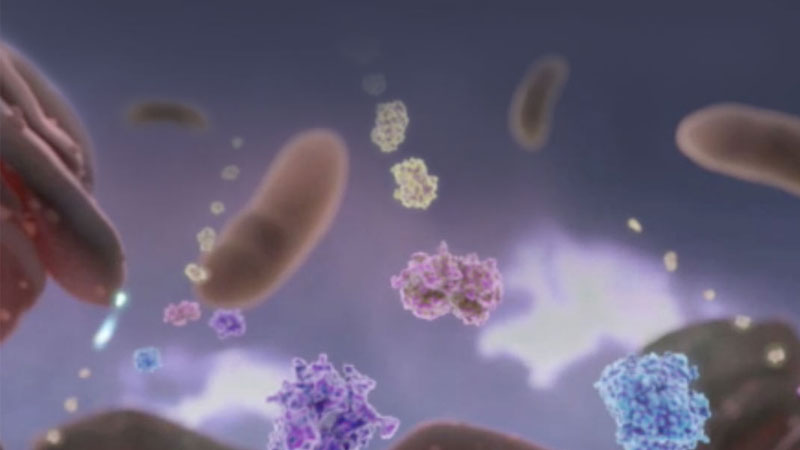
Homogeneous Assays for Triglyceride Metabolism Research
Learn about simple, bioluminescent triglyceride and glycerol assays that don't require wash steps or organic extraction.
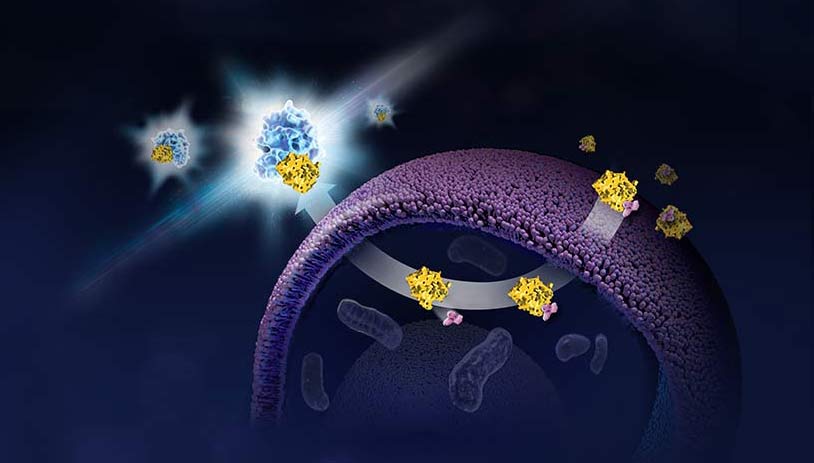
Comparison of Glucose Uptake Assay Methods
This article describes the various methods available to measure glucose uptake and lists the advantages and disadvantages of each assay.
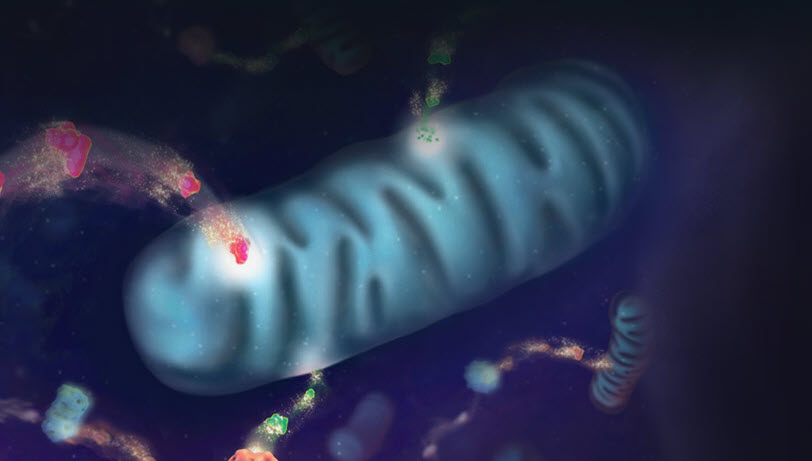
Ask the Experts: Energy Metabolism Assays
In this webinar, our researchers answer questions about performing cellular metabolism assays.
